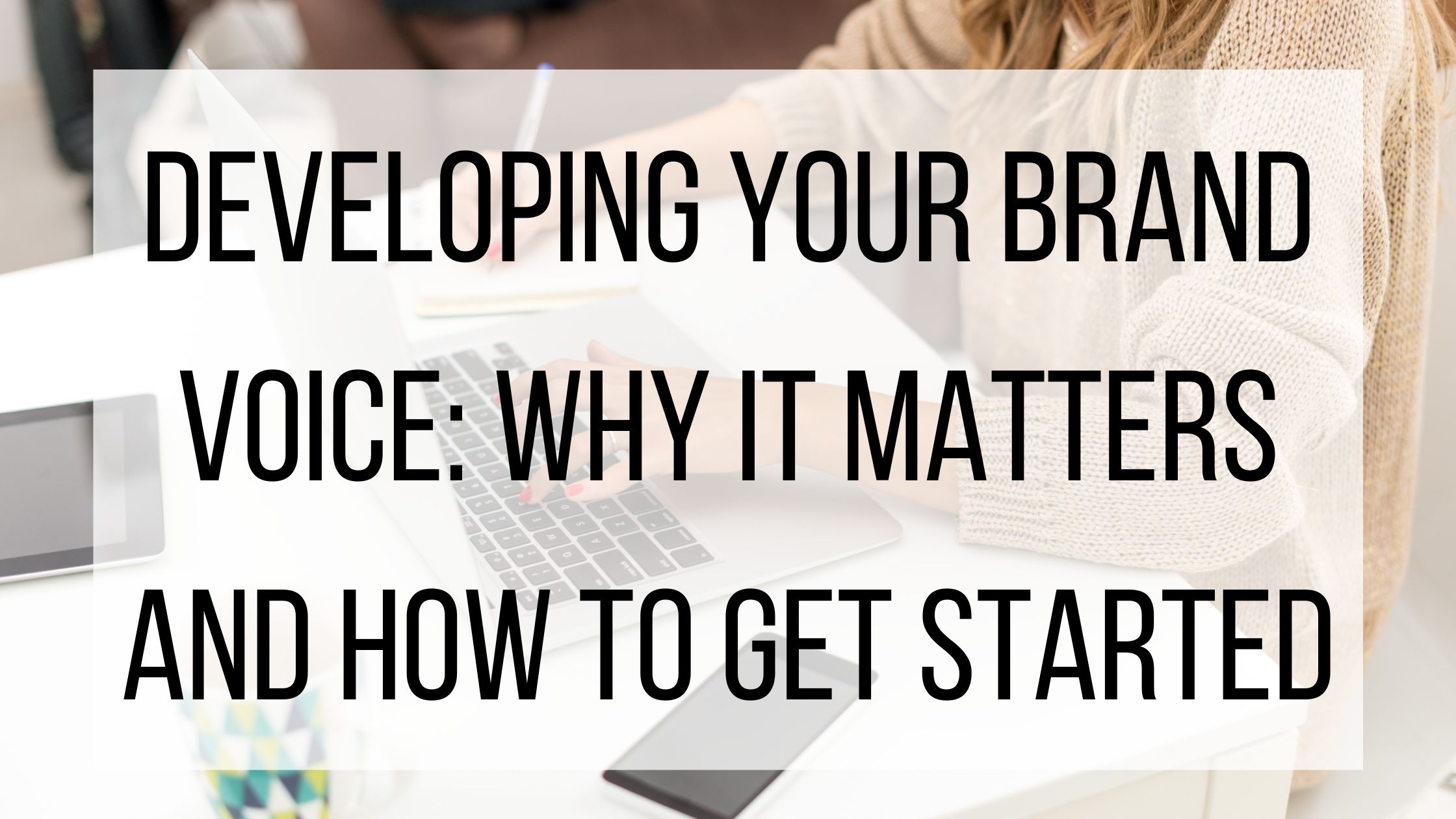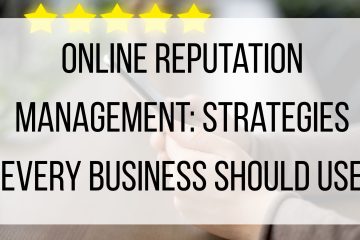Developing Your Brand Voice: Why It Matters And How To Get Started

Think of a few of your favorite brands, and why they stand out to you. Their product or service is probably what comes to mind first, but what you might not realize is how their brand voice is a big factor. Brand voice plays a large role in how your audience feels about you and your products and helps shape their opinion of you right off the bat. Defining your brand voice not only brings consistency but can help you attract your ideal audience.
What Is A Brand Voice?
Brand voice is the personality that your brand takes while communicating with your audience. Your voice should reflect your company’s character and values to give your audience some insight into who you are. Brand voice can be fun, silly, serious, or professional- it’s up to you to determine how you want your brand portrayed!
Why Your Brand Voice Matters:
Establishing a brand voice helps you be consistent and recognizable. It also helps shape your audience’s perception of you and sets the tone for your interactions. For example, Duolingo, an app dedicated to helping people learn new languages, is silly and fun with their brand voice. For people looking for a non-intimidating and easy way to pick up on a new language, Duolingo might be a good choice. Rosetta Stone, another language learning program, takes on a more educational and inspiration tone, encouraging their users to explore the world and use their program to help them make the most of their time abroad. Even though these two programs have similar methods and the same end goal (teaching their users a new language) their presentation is very different, making them appealing to different audiences.
How To Create Your Brand Voice:
When creating your brand voice, start with your company values and mission. By targeting what is most important to you, you can make a plan to incorporate that into your brand voice. If the basis of your brand is to provide entertainment, you will probably lean towards a more casual and lighthearted brand voice. If your main goal is to be educational, you are more likely to take on a slightly more formal tone. There is no right or wrong answer for what your brand voice should be, as long as it is true to your company!
After you look at your values and mission, think about who your buyer personas are. Who are you ideally trying to reach? What are they looking for, and how can you help them solve their problems better than your competitors? Things like age, gender, geographic location, level of education, and financial situation can help you decide on the best tone to use with your audience. If you find that your tone is not resonating with your audience, do more research and experiment until you are confident that you know what they are looking for.
Analyze your social media posts and see which of your posts have performed the best, and which ones did not do as well as you had hoped. See what similarities you can find within those posts, and use that to help you figure out what you do (and don’t) want to do moving forward. Creating a list of key elements from these posts can be helpful to narrow down what your audience responds well to- maybe they enjoy when you are more educational than playful, or prefer a short caption to a longer informative one.
Finding and creating your brand voice shouldn’t be too difficult, as long as you pay attention to how your audience reacts and what is important to you as a business. Brand voices can grow and change over time, so don’t be afraid to experiment to see what works best for you!



2 Comments
papa's games · November 29, 2024 at 4:39 am
In my opinion Defining your brand voice is key to connecting with customers and creating consistency in communication!
rumble.com/pair · December 17, 2024 at 2:17 am
Your blog never disappoints.